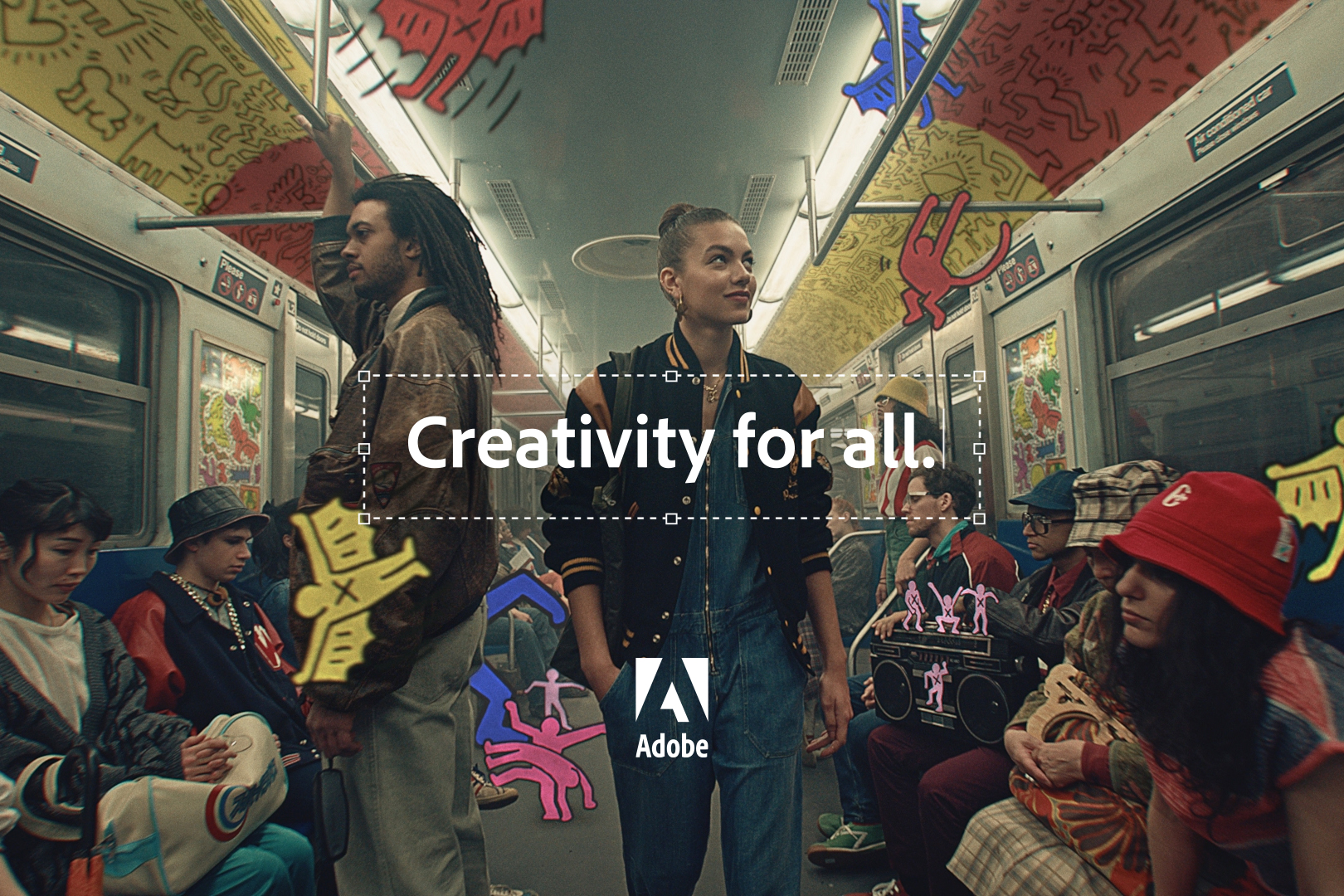A growing chorus of economic experts, banking professionals, and technology leaders, including OpenAI CEO Sam Altman, are raising concerns about what they see as an unsustainable bubble in artificial intelligence investments. These warnings come amid unprecedented capital flows into AI startups and established tech companies pivoting toward AI capabilities.
The warnings reflect mounting anxiety that current AI valuations may not align with realistic revenue projections or technological capabilities, despite the significant advances made in the field over recent years. As investment continues to pour in at record levels, questions emerge about what might happen to the actual technological progress if financial expectations aren’t met.
Warning Signs From Industry Insiders
Economic analysts point to several indicators of a potential bubble, including skyrocketing valuations for companies with limited revenue streams, massive funding rounds for early-stage startups, and established tech firms rebranding existing products as “AI-powered” to attract investor attention.
Perhaps most notable is the warning from OpenAI’s own leadership. As the creator of ChatGPT and a primary driver of recent AI advancement, OpenAI’s caution carries significant weight in discussions about the industry’s financial stability.
“We’re seeing investment patterns that remind me of previous technology bubbles,” noted one banking analyst who specializes in tech sector investments. “The difference is the scale and speed at which capital is moving into AI companies.”
Venture capital funding for AI startups reached record highs in 2023, with some companies achieving billion-dollar valuations before generating meaningful revenue. This pattern has accelerated in 2024, raising concerns about sustainability.
Potential Consequences of a Bubble Burst
If the AI bubble were to burst, experts suggest several possible outcomes for the technological progress made in recent years:
- Consolidation: Smaller AI companies might be acquired by larger tech firms with deeper pockets
- Focused development: Research might shift from broad AI capabilities to specific applications with clearer paths to profitability
- Reduced access: Some AI tools might become less widely available as companies prioritize sustainable business models
Financial analysts draw parallels to the dot-com bubble of the early 2000s, noting that while many internet companies failed when that bubble burst, the underlying technology continued to develop and eventually transformed the global economy.
“Even if we see a significant market correction, the fundamental breakthroughs in machine learning and neural networks won’t disappear,” explained a technology researcher at a major university. “The question is more about which companies survive to continue developing these technologies.”
Balancing Innovation and Financial Reality
The current situation presents a complex challenge for the AI industry. While technological progress requires substantial investment, unrealistic financial expectations could ultimately harm development if funding suddenly dries up.
Some experts suggest that a moderate market correction might actually benefit AI development in the long term by forcing companies to focus on practical applications and sustainable business models rather than chasing increasingly speculative valuations.
“The companies that survive any potential downturn will likely be those with clear use cases, reasonable cost structures, and technologies that deliver measurable value,” said an investment advisor specializing in technology markets.
For businesses and consumers, the key takeaway is that while AI technology itself represents genuine innovation, the current investment environment surrounding it may not be sustainable. The most valuable AI applications may ultimately emerge from companies that maintain realistic expectations about development timelines and revenue potential.
As debate continues about the financial stability of the AI sector, most experts agree that regardless of market fluctuations, the fundamental technological advances of recent years have permanently changed computing capabilities. The question now is whether the financial infrastructure supporting further development will experience a soft landing or a more dramatic correction.









